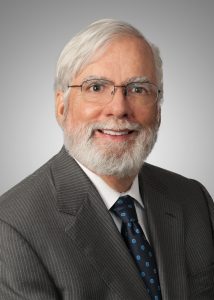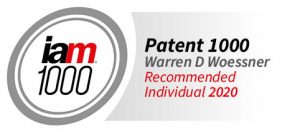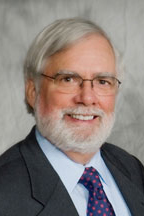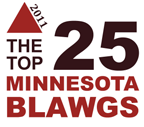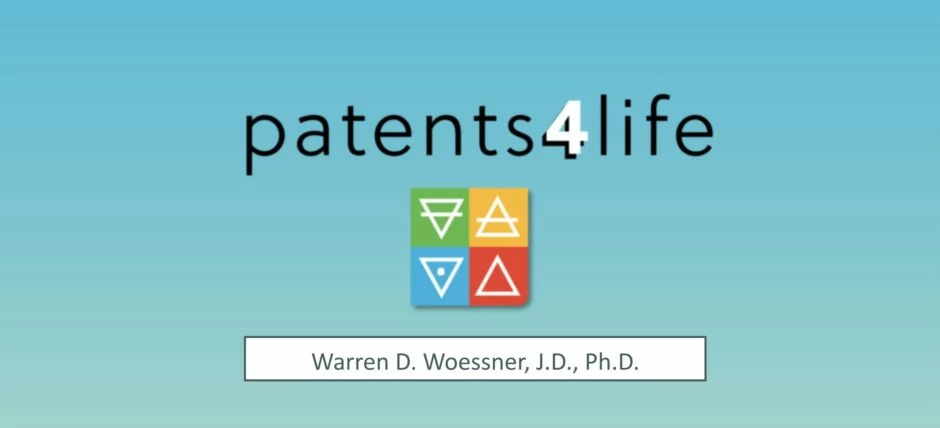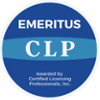For some years, Tom Irving of Finnegan Farabow, et al. has been giving a very amusing, but increasingly serious, talk about the dangers of what he calls “Patent Profanity.” The version I heard in May was, “Patently Profane at You and Your Client’s Peril.” He warns that the specification and prosecution history will be used by the courts to construe the claims, and that appellate review of claim construction is de novo. By “patent profanity,” he means statements in the specification or arguments made in the prosecution history that will lead the court to ignore the once well-established maxim that “[a]s a general proposition, a limitation that does not exist in a claim should not be read into that claim.” McCarty v. Lehigh Valley R. Co., 150 U.S. 110 (1895) The district courts, following the lead of the Federal Circuit, have increasingly side-stepped this principle by casting the issue as one of claim interpretation, not of claim limitation:
“We recognize that there is sometimes a fine line between reading a claim in light of the specification, and reading a limitation into a claim from the specification. …In locating this ‘fine line’ it is useful to remember that we look to the specification to ascertain the meaning of the claim term as it is used by the inventor in the context of the entirety of his invention, and not merely to limit a claim term.” Interactive Gift Express, Inc. v. Compuserve Inc., 256 F.3d 1323 (Fed. Cir. 2001).
That is a fine line indeed. The point of Tom’s talk is to warn the prep/pros community about the need to avoid terms (often adjectives) that will lead a court to cross that “fine line,” even when they recognize it in the first place. He indentifies assertions like “special” (as in form), “peculiar” (as in effect achieved), “necessary,” “critical,” “key”(as in a feature), “necessarily” (as in the type of product), “requires,” “important,” “essential,” “unique,” and on and on. Even using “is” can lead to an unexpectedly narrow claim construction, e.g., “Feature X is the basic structure of element X of all embodiments herein disclosed and contemplated.”
On June 18, 2009, Judge Pisano (D.N.J.) held that U.S. Pat. No. 5,338,874 was not infringed by a group of generic drug companies, thus clearing the way for generic versions of oxaliplatin, an important drug in therapy for colorectal cancer. This opinion, document 378 in Sanofi-Aventis v. Sandoz, Inc., Lead Civil Action No. 07-2762 (JAP), is a prime example of how easy it is for defendants to convince a court to limit claims to (even) a compound to the disclosed method of making it.
The ‘874 patent contains only one independent claim: “Optically pure [oxaliplatin] having the general formula of Formula I:….” This isomer of oxaliplatin is referred to in the opinion as “l-OHP,” e.g., the “L” enantiomer. So this is a compound claim and, as the court noted more than once: “product claims generally are not limited by how the product is produced.” In fact, the specification contains a fair helping of the language of qualification that we all use when disclosing how the compounds we want to claim are prepared – that the compound “may be prepared in accordance with” the “illustrative method” thereafter described, and that “a representative process of preparing” the compound is described in the examples. However, the only process disclosed in the specification to isolate l-OHP was preparative HPLC. The defendants used other processes and argued that the claim should be interpreted as a product-by-process claim. They moved for S.J. of non-infringement.
It is worth noting that the ‘874 patent is an add-on patent; the primary patent on oxaliplatin had expired. These days, betting against infringement or validity of an “add-on patent” in Hatch-Waxman litigation is a pretty safe bet (but, again, this is a “compound patent” not a treatment regimen or formulation patent). Also, it originated from a Japanese company, and the U.S. translation is awkward. Still, it was clearly “patent profanity,” particularly during the prosecution, and to some extent, taken from deposition testimony, that caused the court to hold that “the claims of the ‘874 patent are properly construed as product-by-process claims.” Motion granted.
It is a bit of a job to separate the court’s discussion of patent profanity from the patent profanity actually used during prosecution, but applicants attorneys had argued that “[o]nly after HPLC resolution, in accordance with the teaching of the present specification, was optical purity obtained, and that the inventors “developed a specific HPLC method and show[sic] that they were able to manufacture [the optical isomer of high purity].” The court relied heavily on the former argument, stating: “Thus, the Applicant did not attempt to rebut the examiner’s rejection by simply pointing to the lesser purity of the prior art compound, it was unequivocal that ‘[o]nly after HPLC resolution’ was the claimed purity achieved.” The court noted that the Examiner relied on these representations.
So what is the takeaway message, except to note that not even simple “compound claims” are safe from conversion into narrower product-by-process claims? The solution is not to add more potential synthetic routes, although this may be possible in some cases. It is to avoid “patent profanity” at all costs. Argue the novel inherent properties of the compounds, and not how clever your inventors were to have been able to make it in the first place. Don’t “attribute” the novel properties to any particular method-of-making. Sadly, in this case “only,” “specific” prep HPLC does not even seem to have been all that “critical,” “key,” “necessary,” “essential,” or “required” to obtain the claimed compound. Excuse my language!
